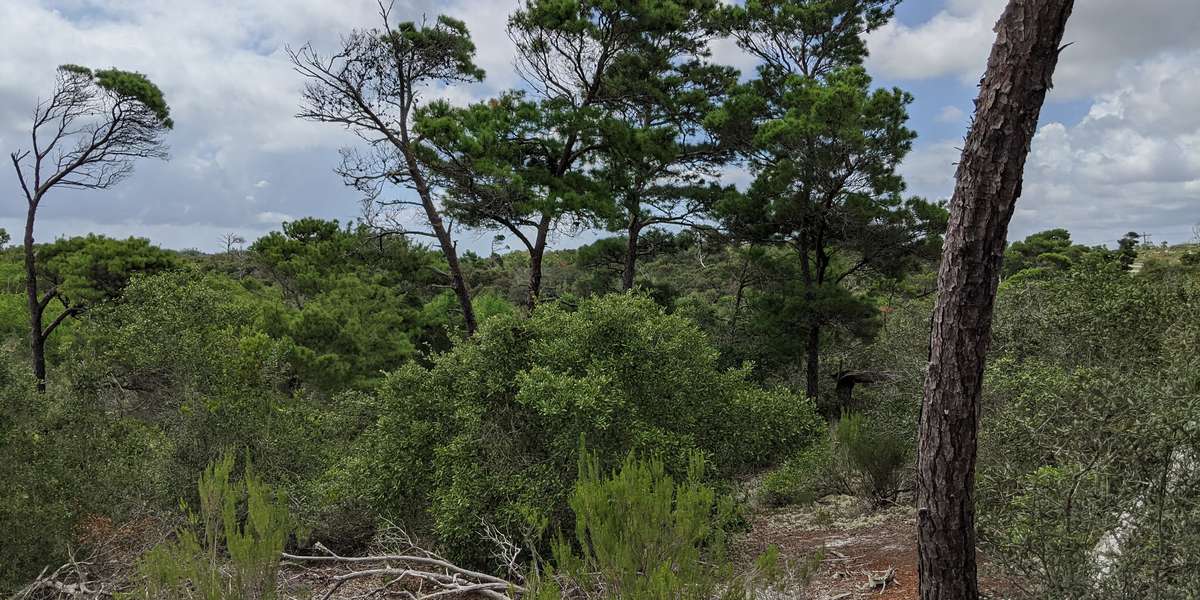2021
2022
2023
2024
2025
August 14, 2020 at 11:23 AM

Scrub Ridge
About this site
Scrub Ridge, pictured above, is an elevated point along the scrub trail with a beautiful view of the Indian River Lagoon at the Nathaniel P. Reed Hobe Sound National Wildlife Refuge (refuge). The 1,091 acre coastal refuge consists of various unique habitat types including sand pine scrub, coastal hammock, mangrove forest, coastal dunes and Atlantic coast beach. The sand pine scrub where you are standing, is one of the last publicly-owned sand pine scrub communities in the world. Sand pine scrub is characterized by the dominance of dwarfed trees, evergreen shrubs, and frequent patches of white sand. It is home to the majority of the federal and state listed species that occur on the refuge such as the Florida scrub-jay, Florida mouse, gopher tortoise, Eastern indigo snake, large-flowered rosemary and lakela’s mint. Optimal conditions for sand pine scrub include a vegetation density of about 50% and a vegetation height under five feet. Periodic wildfires are necessary to maintain the health of this community and its inhabitants. Unfortunately, wildfires have mostly ceased to exist in south Florida due to urbanization. Controlled burns and mechanical trimmings are alternatives used to manage the scrub found on the refuge. In 2020, planning efforts for habitat restoration of this sand pine scrub began. This photo point will allow us to watch the habitat transform from an overgrown sand pine scrub community to a well-managed ecosystem teaming with life. What do you think this area will look like after restoration?
About Nathaniel P. Reed Hobe Sound National Wildlife Refuge
Hobe Sound National Wildlife Refuge is a coastal refuge bisected by the Indian River Lagoon into two separate tracts of land totaling over 1000 acres. The 735-acre Jupiter Island tract provides some of the most productive sea turtle nesting habitat in the United States, and the 300-acre sand pine scrub mainland tract is valued because more than 90 percent of this community type has been lost to development in Florida. Sand pine scrub habitat is restricted only to Florida and an adjacent county in Alabama.
For nature-lovers
Explore chronologs
For organizations
Chronolog is a monitoring tool for parks, nature centers, wildlife organizations, schools, and museums worldwide. With over 100,000 contributors across 300 organizations, Chronolog is on a mission to engage communities with nature while recording important natural changes.
© Chronolog 2025 | Terms